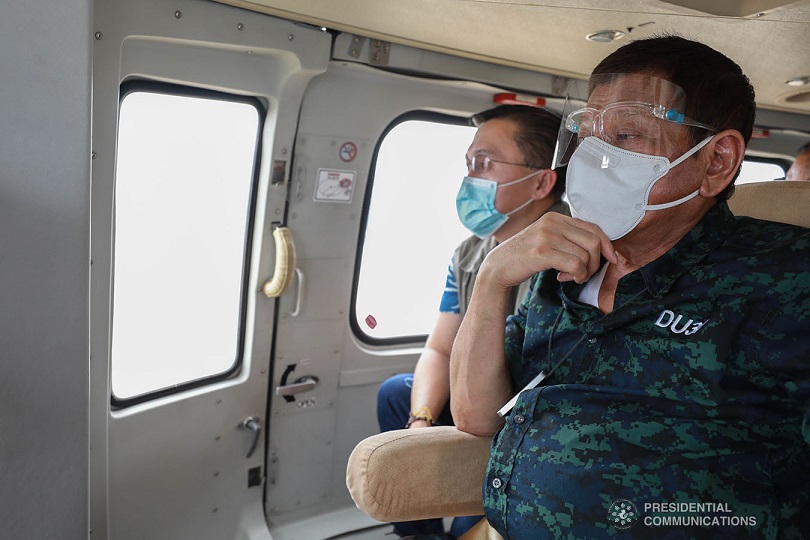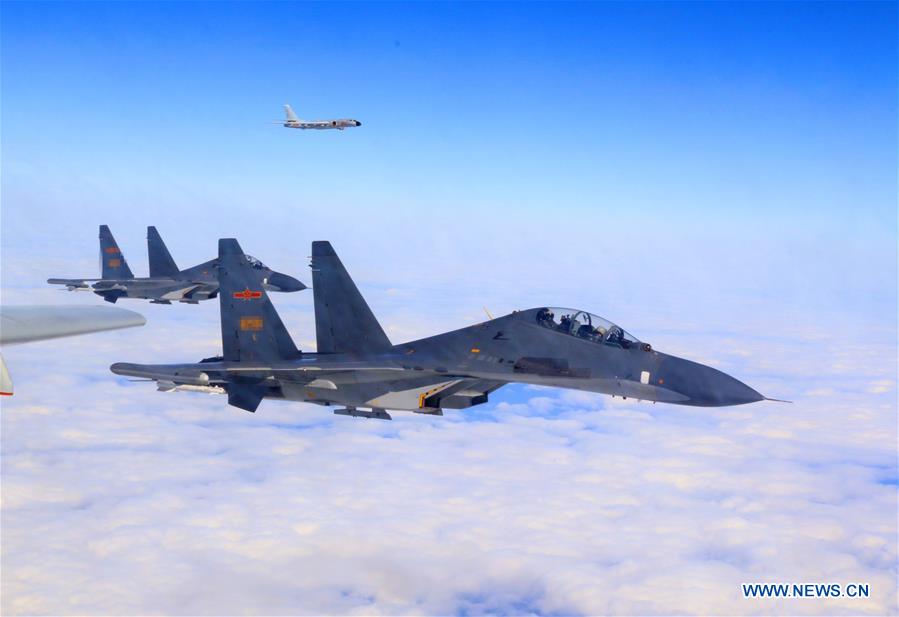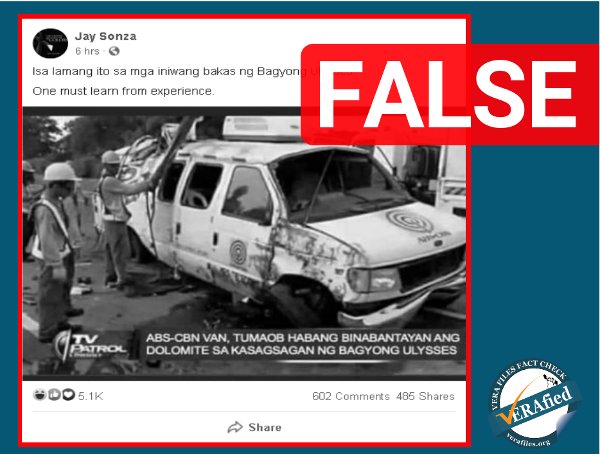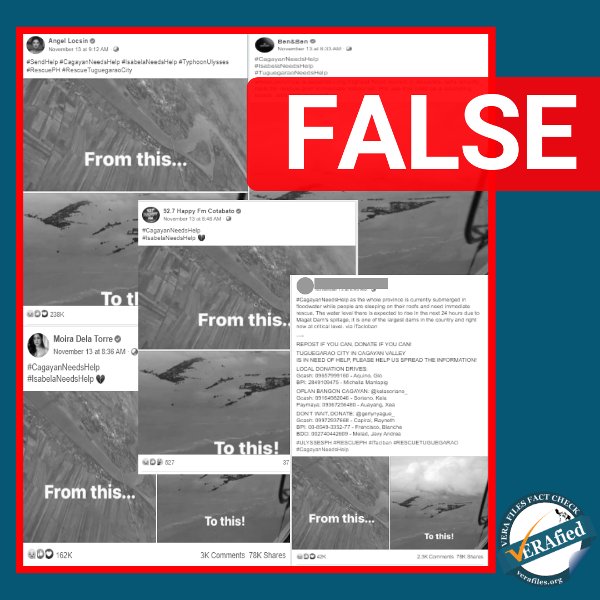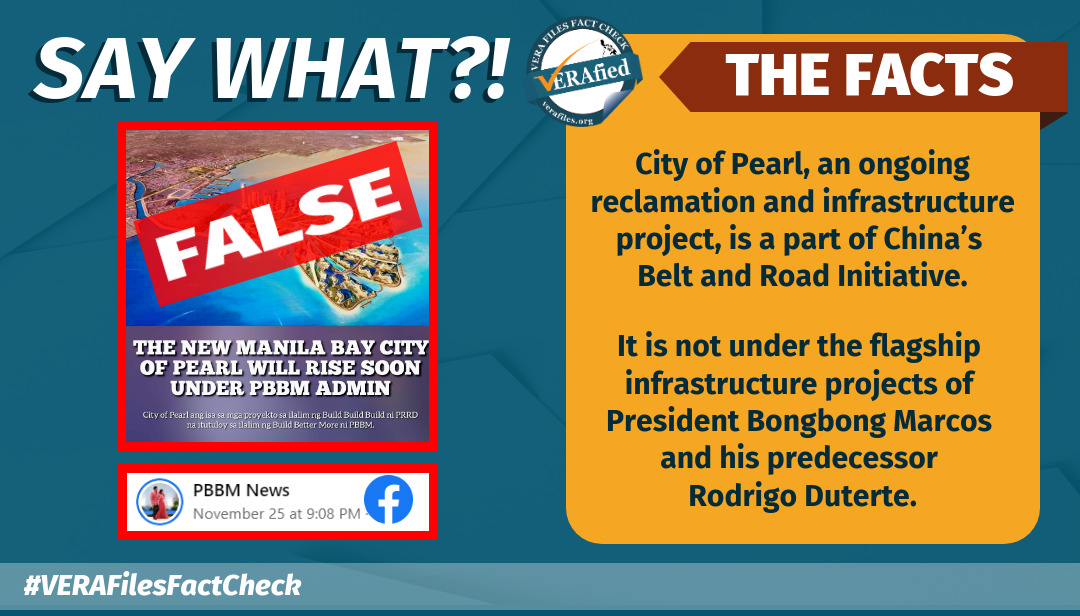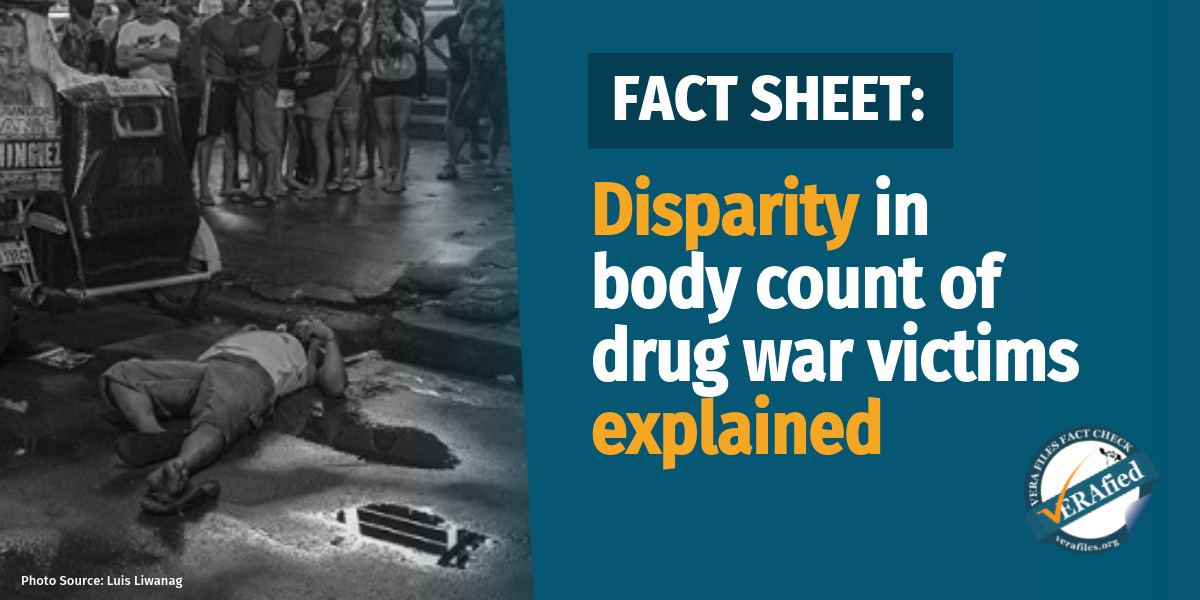Editor’s Note: This an updated version.
The first sentence of the last paragraph was edited to read: A president who tries to impress the people of his concern for victims
of disasters by peering only from the window of his aerial surveys then
poses for the obligatory selfie with man-servant Bong Go is an abject
failure at 21st century disaster governance.
————————————————————————————-
Supertyphoon Yolanda battered Benigno Aquino III’s vaunted reputation before the world as a competent Philippine president.
Aquino tried hard to deflate the real numbers of fatalities from the devastation, dismissing 10,000 as just the product of “emotional trauma.” Avoiding a trip to Tacloban, he grudgingly went after about a week, blaming everyone but himself. Anderson Cooper was there ahead of him. Images of residents pleading for food along roadways gave it the portrait of one of history’s greatest humanitarian disasters. There were shortages of water, fuel and cash. Dead bodies remained unburied along roads.
A sickness that ails politicians who sit in the halls of Malacañang is becoming more sensitive to having an edge over their partisan political foes. “You are a Romualdez, the president is an Aquino,” was the line that reincarnated Mar Roxas as the sugar baron cacique over Tacloban city mayor Alfred Romualdez (another cacique). After Yolanda, presidential insensitivity would have been a climax of the past. Under Duterte, it has even quadrupled. Duterte insensitivity now puts him on a crucial litmus test to continue governing.
Duterte severely slashed the budget of two fundamental pillars of the country’s Disaster Risk management by augmenting the already ginormous monies he gets for intelligence which, as we should not always forget, are not subject to audit and may be an open door to corruption. These are Project NOAH and the National Calamity Fund.
Project NOAH or Nationwide Operational Assessments of Hazards was launched by the Department of Science and Technology in 2012 as a comprehensive response program to address disaster prevention and mitigation. It was meant to warn communities six hours ahead of time of impending floods and typhoons.
In truth, the project was on schedule for defunding since 2015. But in 2015, the Duterte penchant for having humongous intelligence and confidential funds (that some secret PNP sources say only go to reward cops who kill under the Tokhang quota, among other purposes unknown to us) was not yet a context. NOAH executive director Mahar Lagmay had argued against the 2017 defunding: “There are a lot of programs that NOAH can work on because research will never stop. Every disaster unfolds in a different way. And when they unfold, we learn lessons.”
Also in 2017, the Duterte administration cut the National Calamity Fund by a monstrous P23 billion, from P38.9 billion to a measly P15.7 billion. The Office of Civil Defense, which operates the National Disaster Risk Reduction and Management Council, had its budget reduced from P1 billion in 2016 to P481 million. It was also on that budget year that the Office of the President was allocated P20 billion when it only had P3 billion the previous year. Where did it get the additional P17 billion? Obviously one source was the National Calamity Fund. For the 2020 budget, the Senate allocated P20 billion for the National Calamity Fund. But again, the bicameral committee reduced it to P16 billion. Still, that is a paltry sum from the P38.9 billion of the pre-Duterte period.
The Sendai Framework for Disaster Risk Reduction 2015-2030, adopted by the UN Member States in 2015, is designed to support the reduction of existing levels of risk and prevent new risks from emerging. The Sendai Framework includes the guiding principle that “Disaster risk reduction requires an all-of-society engagement and partnership. It also requires empowerment and inclusive, accessible and nondiscriminatory participation, paying special attention to people disproportionately affected by disasters, especially the poorest.”
Duterte, turning to PAGASA, instead asks: “How are typhoons named? Maybe we should name them after the yellows.” With what appears to be a marching order to its government-funded troll armies to bash Vice President Leni Robredo’s quick and well-coordinated response to disasters, it is clear there is no sense of collaborative accountability. The Sendai Framework reminds us: “Accountability is an integral part of good governance. Those who are entrusted with the responsibility should be held accountable for what they are expected to do to ensure a significant reduction in disaster risks.”
Under risk governance leadership, the focal point on Disaster Risk Reduction is in the central government level first of all, not on its line agencies. The president must have on-the-ground risk information. Stakeholder feedback is supreme during disasters because stakeholders are the receivers of government action. Harry Roque dismissing criticisms cavalierly (“The president is monitoring,” “The president is always with us”) is escaping scrutiny for (ir)responsibilities taken. He epitomizes the government’s relegation of society’s social audit of government.
Disaster resilience scientists aver: “Accountability is about improving democratic processes, challenging power and claiming citizenship. It is best claimed from below by citizens themselves, rather than only being provided by the state.”
Under an aging geriatric capable only of false piety, some say Duterte must be given space. For after all, there is the fabled Filipino resilience, romanticized as it were as the Filipino “poor man’s badge of honor.” The Filipino thinker Joel Pablo Salud tells us this is a bullet we mustn’t bite: The state cannot grab the people’s resilience as an excuse to dodge its mandate, “oftentimes ignored if only to satisfy its taste for corruption.” Resilience begins with the president who sets governance into action to empower its citizens, especially the poor and the vulnerable. Resilience credited only to citizen response is effectively removing accountability from the national and local governments. Disaster Risk management is collaborative, complimentary. Duterte is not capable of that. We use that same resilience to hold him accountable NOW.
A president who tries to impress the people of his concern for victims of disasters by peering only from the window of his aerial surveys then poses for the obligatory selfie with man-servant Bong Go is an abject failure at 21st century disaster governance. He has to go sooner than later. Children caught on video screaming for help in Linao, Tuguegarao and who died before rescuers reached them tell us why. Let’s not wait for the death tolls to rage. All lives matter. They don’t from the Gulfstream jet.
The views in this column are those of the author and do not necessarily reflect the views of VERA Files.
